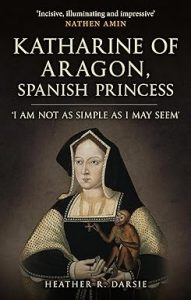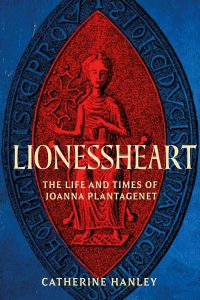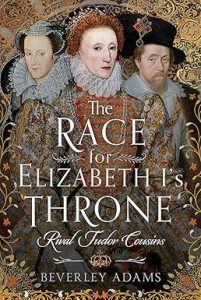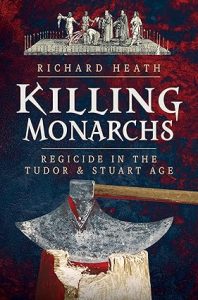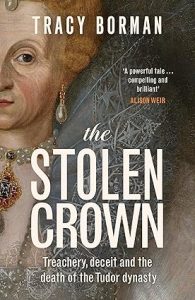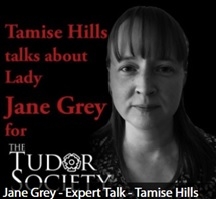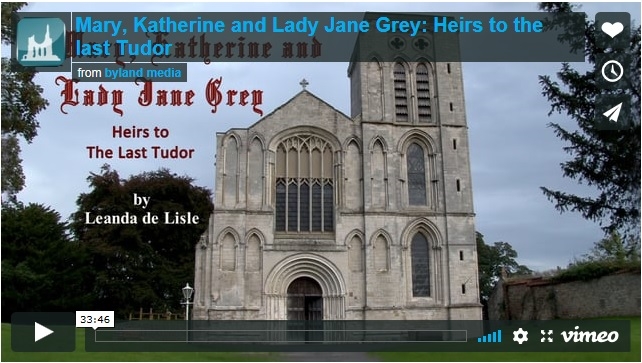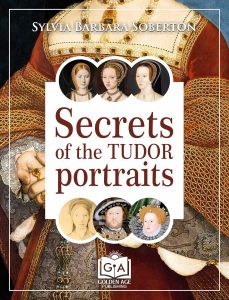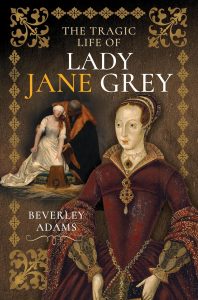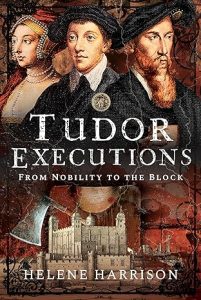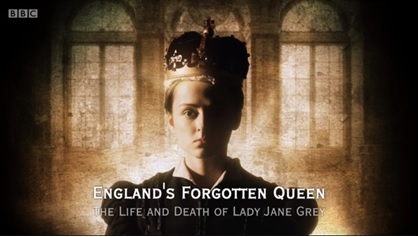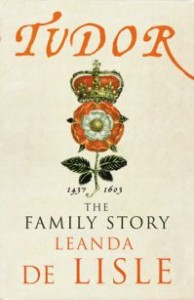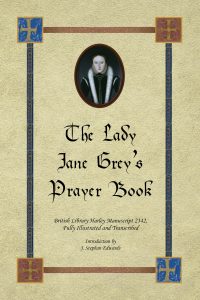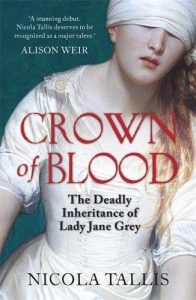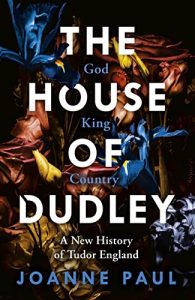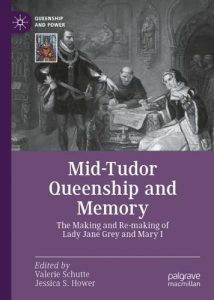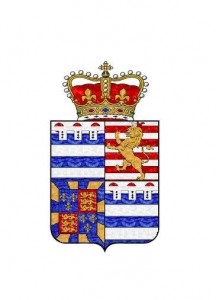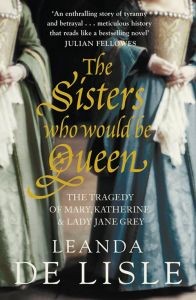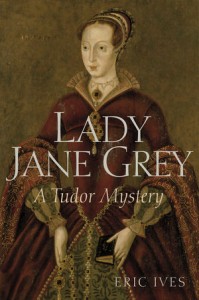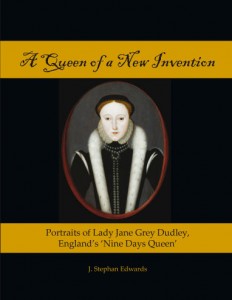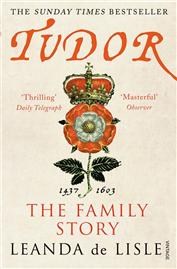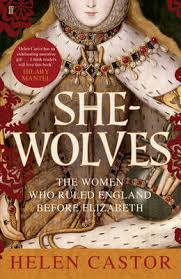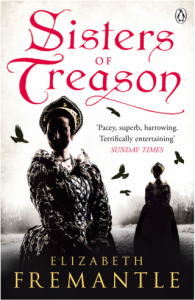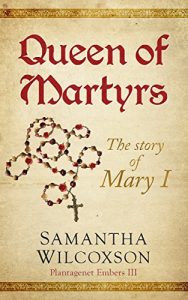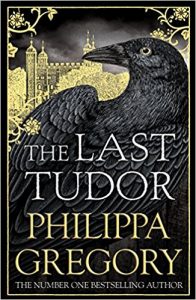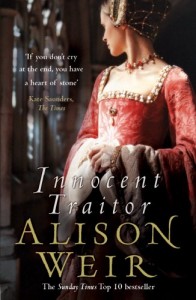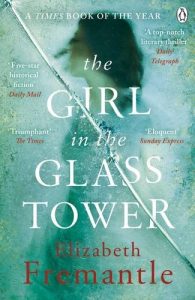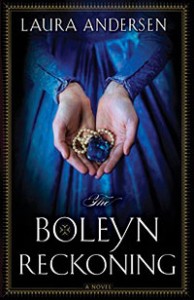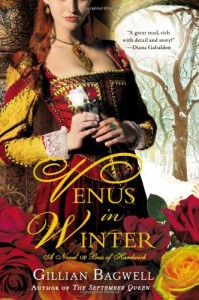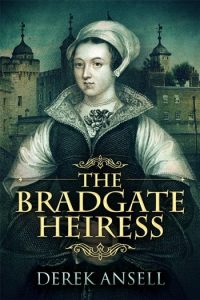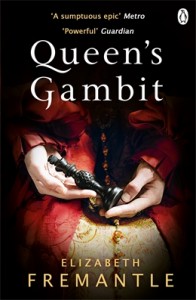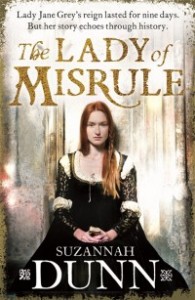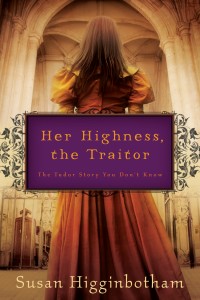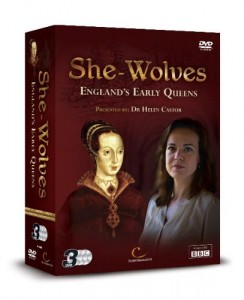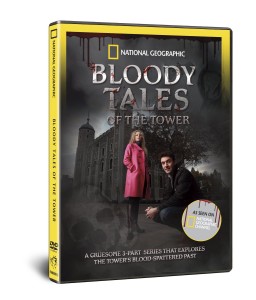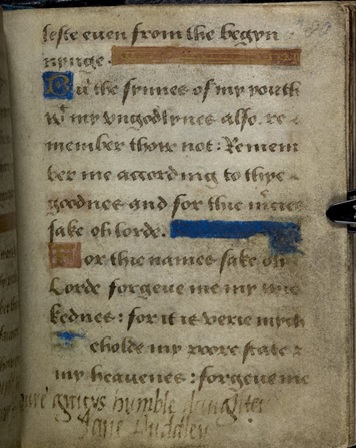This exhibition is at the National Portrait Gallery in London from 18th October 2012 until 13th January 2013.
‘The Lost Prince, is the first exhibition to look at the life of Henry, Prince of Wales (1594-1612), focusing on a remarkable period in British history, dominated by a prince whose death at a young age precipitated widespread national grief, and led eventually to the accession to the throne of his younger brother, the doomed King Charles I. The exhibition marks the 400th anniversary of the Prince’s death and will assemble for the first time an extraordinary range of objects associated with Henry, including major loans from the Royal Collection.
As well as paintings, a large selection of drawings, manuscripts, books, armour and other artefacts associated with the Prince will illustrate the extraordinary artistic and creative community that developed under his patronage. Gathered from museums and private collections in Britain and abroad, some have never previously been on public display.
The exhibition will include some of the most important works of art and culture produced and collected in the Jacobean period, including portraits by Holbein, Nicholas Hilliard and Isaac Oliver, masque designs by Inigo Jones, and poetry by Ben Jonson in his own hand.
Brave, handsome, clever, athletic, noble and cultured, Henry embodied all the princely virtues. In his short life he was the focus of great hope and expectation, not just in Britain but in all of Protestant Europe, and his court was the centre of a revival of chivalry and a renaissance in the arts. The exhibition, which explores Henry’s life and image, and the extraordinary reaction to his death, will transform our understanding of this exceptional prince and the time in which he lived.’
From National Portrait Gallery
To buy tickets:
The Lost Prince: The Life and Death of Henry Stuart
Further information:
The Lost Prince Gallery – BBC History Magazine
Life of ‘lost prince’ to be explored – The Telegraph
Effigy of ‘Lost Prince’ Henry Stuart to go on show at National Portrait Gallery – The Guardian
First ever exhibition of a lost prince – The Arts Desk
National Portrait Gallery Events:
Exhibition Tour: The Lost Prince
26 October 2012
19.30-20.00
Free tour ticket required, available from 17.00 on the day. Timed exhibition ticket must be purchased
Gallery Talk: The Lost Prince’s Family
28th October 2012
15.00-15.30
Live Music: The Lost Prince: Matthew Long & Elizabeth Kenny
2 November 2012
18:30
Lecture: The Forgotten Prince
Roy Strong
15 November 2012
19:00-20:00
Gallery Talk: The Other Lost Princes
18 November 2012
15:00-15:30
Lecture: Staging the life and death of Henry, Prince of Wales
22 November 2012
13:15-14:00
Exhibition Tour: The Lost Prince
22 November 2012
19:30-20:00
Free tour ticket required, available from 18.00 on the day. Timed exhibition ticket must be purchased.
Gallery Talk: Royal Collecting
25 November 2012
15:00-15:30


